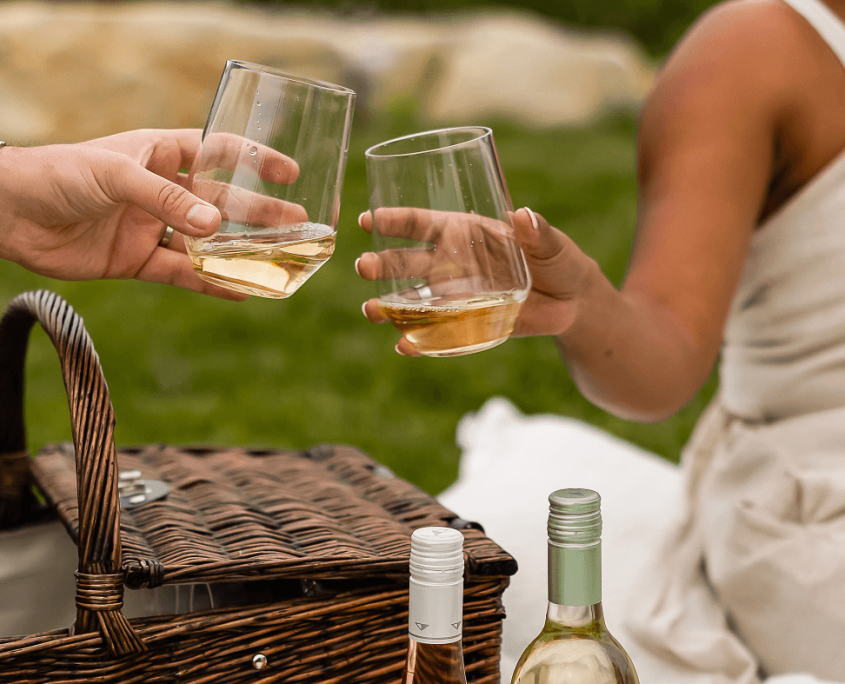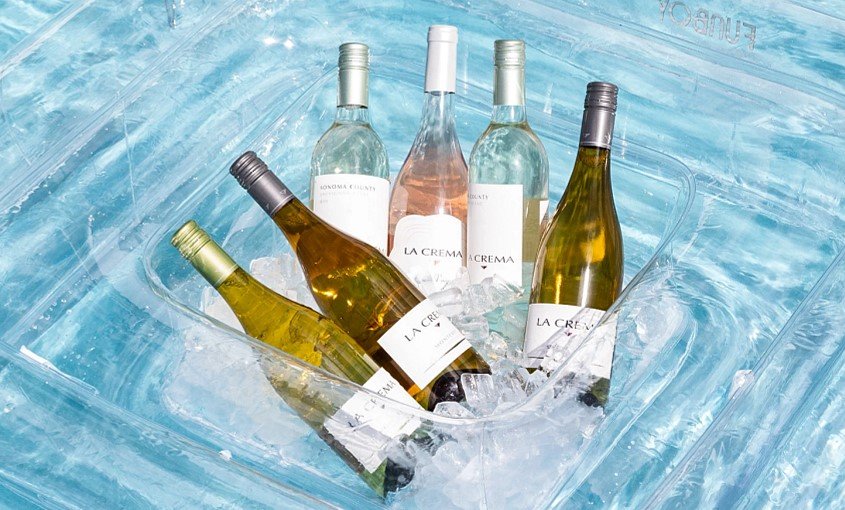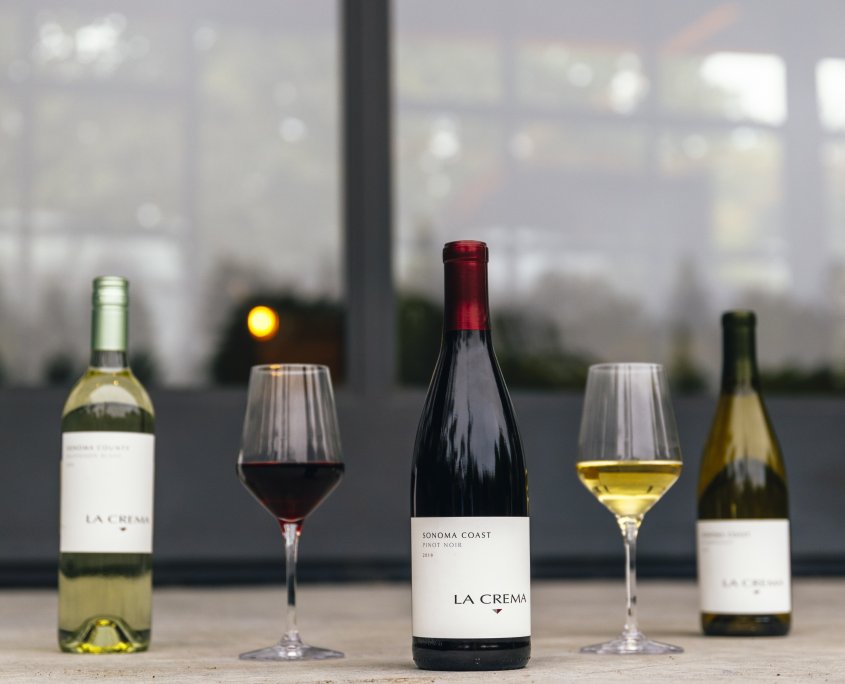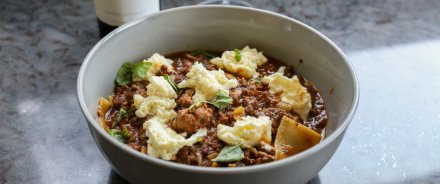The Ultimate Wine Serving Temperature Guide
Imagine sitting down with a glass of your favorite wine, only to find that it doesn’t taste quite as you remember. The culprit might not be the wine itself, but rather the temperature at which it’s served. Serving wine at the correct temperature can elevate your experience, enhancing its aromas, flavors, and overall enjoyment. But with so many types of wine, each with its own optimal temperature range, it can be challenging to know what’s best.
In this blog, we’ll demystify the concept of wine serving temperatures, explaining why it matters and how you can achieve the perfect pour every time. From reds to whites, sparkling to fortified, we’ll explore the ideal temperatures for each type and share practical tips for achieving and maintaining the perfect serving conditions.
Whether you’re a casual drinker or a connoisseur, understanding wine serving temperatures is key to savoring the full potential of your favorite bottles. So, let’s dive in and ensure every glass is served just right!
How Temperature Affects Wine
Wine’s taste and aroma are intricately linked to temperature. Here’s how:
- Cold Temperatures: Generally, colder temperatures can mute the flavors and aromas of wine. This is why serving red wines too cold can lead to a less expressive and flat experience. Conversely, white wines, when served too warm, can feel overly rich or heavy, as the alcohol becomes more prominent.
- Warm Temperatures: On the other hand, serving red wines too warm can accentuate the alcohol and reduce the perception of balance and structure. White wines that are too warm may lose their crispness and appear flabby.
Red Wine Serving Temperature
General Tips:
- Serve between 55 and 65°F
- Red wine will seem excessively tannic and acidic if served too cold. Too warm, they will become overly alcoholic and lifeless.
Light Reds
- Ideal Temperature Range: 50-55°F (10-13°C)
- Examples: Pinot Noir, Gamay, Beaujois Nouveau (Red Wine Nouveau)
- Why It Matters: Light reds benefit from slightly cooler temperatures, which help preserve their delicate aromas and fresh, fruity flavors. Serving them too warm can make them taste too flat and overly alcoholic.
Medium-Bodied Reds
- Ideal Temperature Range: 55-60°F (13-16°C)
- Examples: Merlot, Chianti
- Why It Matters: Medium-bodied reds are best enjoyed at a temperature where their balanced flavors and moderate tannins can shine. This range allows for a fuller expression of their fruitiness and complexity.
Full-Bodied Reds
- Ideal Temperature Range: 60-65°F (16-18°C)
- Examples: Cabernet Sauvignon, Syrah
- Why It Matters: Full-bodied reds, with their robust flavors and higher tannin levels, benefit from a warmer serving temperature. This range helps in softening the tannins and enhancing the wine’s richness and complexity.
White Wine Serving Temperature
General Tips:
- Serve between 45 and 50°F
- If white wine is served too cold, flavors and aromas will be masked. Too warm and they become flat and flabby.
Light Whites
- Ideal Temperature Range: 45-50°F (7-10°C)
- Examples: Sauvignon Blanc, Pinot Gris
- Why It Matters: Light whites are best served chilled to maintain their crispness and refreshing acidity. A colder temperature helps in preserving their vibrant, zesty flavors and aromatic freshness.
Full-Bodied Whites
- Ideal Temperature Range: 50-55°F (10-13°C)
- Examples: Chardonnay, Marsanne-Roussane
- Why It Matters: Full-bodied whites, which often have more complex flavors and a creamier texture, are best enjoyed at a slightly warmer temperature. This range helps to bring out their richness and depth while avoiding a heavy or overly buttery taste.
Rosé Wines
- Ideal Temperature Range: 45-55°F (7-13°C)
- Examples: Provençal Rosé, Rose of Pinot Noir
- Why It Matters: Rosé wines strike a balance between red and white wine characteristics. Serving them at this range preserves their freshness while allowing their fruity and floral notes to be fully expressed.
Sparkling Wines
- Ideal Temperature Range: 40-50°F (4-10°C)
- Examples: Champagne, Prosecco, Blanc de Blancs, Brut Rose
- Why It Matters: Sparkling wines should be served well-chilled to keep their bubbles lively and crisp. Cold temperatures help maintain their effervescence and refreshing quality, enhancing the overall drinking experience.
Fortified Wines
- Ideal Temperature Range: 50-60°F (10-15°C)
- Examples: Port, Sherry
- Why It Matters: Fortified wines, which are often richer and more complex, benefit from a slightly warmer temperature than other wines. This range helps to highlight their deep, nuanced flavors while avoiding a heavy or overly alcoholic taste.
Cellar Temperature
- For extended storage, keep both red and white wines at 55°F.
How to Achieve the Right Temperature
Getting your wine to the perfect temperature can make all the difference in your tasting experience. Here’s how to achieve and maintain the ideal serving temperature for various types of wine:
Chilling Methods
- Refrigeration
- General Guidelines: Most white and sparkling wines should be refrigerated several hours before serving. Place them in the fridge about 2-4 hours before you plan to drink them.
- For Red Wines: If you need to chill a red wine quickly, place it in the refrigerator for about 20-30 minutes before serving. This is especially useful for light and medium-bodied reds.
- Ice Bucket
- How to Use: Fill a bucket with equal parts ice and water, then submerge the wine bottle. This method chills wine more rapidly than refrigeration alone.
- Timing: For a quick chill, leave the wine in the ice bucket for about 15-20 minutes. This is ideal for both whites and sparkling wines.
Warming Methods
-
Room Temperature :
-
- How to Warm Up: Simply remove the wine from the fridge and let it come to room temperature. For most reds, this means allowing the bottle to sit out for about 30 minutes to an hour before serving.
-
- For Fast Warming: If you need to warm a wine quickly, place the bottle in a warm (not hot) water bath for 5-10 minutes. Be cautious to avoid overheating, which can alter the wine’s flavor profile.
-
Warm Water:
- Method: Fill a container with warm (not hot) water and submerge the bottle. Gently swirl the bottle in the water to evenly warm it.
-
- Timing: This method usually takes about 5-10 minutes to bring a chilled wine to its ideal serving temperature.
Introducing La Crema: Celebrating the Best of California’s Terroir
La Crema’s portfolio is a testament to California’s rich winemaking heritage, offering a selection of wines that brilliantly reflect the distinct character of each region. From the crisp, mineral qualities of our Sonoma Coast Chardonnay to the velvety, complex layers from our Santa Barbara Pinot Noir, La Crema brings a taste of California’s diverse terroirs to every glass.
Optimal Wine Serving Temperature for La Crema Varietals
La Crema offers a wide range of wines sure to satisfy every palate, and serving them at the optimal temperature ensures that each varietal’s unique flavors and aromas are perfectly showcased. Here is a quick guide on the perfect La Crema wine serving temperatures:
Pinot Gris
Our Monterey Pinot Gris offers vibrant notes of pear and citrus, complemented by a refreshing acidity that makes it perfect for any occasion. Its crisp profile and bright finish are ideal for pairing with seafood or light salads.
- Suggested serving temperature: 45°F
- Chill in refrigerator: 40 min
Chardonnay
Our Chardonnays are celebrated for their elegant balance of fruit and oak, showcasing bright flavors of apple, lemon, and a hint of vanilla. Each expression reflects the unique terroir of the region, making them versatile companions for various dishes.
- Suggested serving temperature: 50°F
- Chill in refrigerator: 30 min
Marsanne-roussanne
This blend of Marsanne and Roussanne delivers rich, creamy textures and complex flavors of stone fruit and honey. Its refreshing acidity balances the richness, making it a delightful choice for roasted chicken or creamy pasta dishes.
- Suggested serving temperature: 50°F
- Chill in refrigerator: 30 min
Pinot Noir
La Crema’s Pinot Noir showcases a range of styles, from fruit-forward and juicy to more earthy and complex. Each bottle reflects the nuances of its vineyard, making it a delightful experience for Pinot lovers and a versatile partner for food.
- Suggested serving temperature: 55-60°F
- Chill in refrigerator: 15-20 min
Cabernet Sauvignon
La Crema’s newest release. This exquisite Sonoma Coast Cabernet Sauvignon features aromas of ripe blackberries, dark cherries, and subtle cedar notes.
- Suggested serving temperature: 60°F
- Chill in refrigerator: 30 min
Rosé
Enjoy a vibrant blend that bursts with flavors of strawberry and watermelon, offering a refreshing and crisp finish. Perfect for warm days or casual gatherings, our Rosé pairs beautifully with light appetizers and seafood.
Suggested serving temperature: 50°F
Chill in refrigerator: 30 min
Sparkling Wine
La Crema’s Sparkling Wine presents lively bubbles and delightful notes of apple and brioche, making it an excellent choice for celebrations or everyday enjoyment. Its crisp acidity and elegant finish enhance any festive occasion.
Suggested serving temperature: 45-50°F
Chill in refrigerator: 30-40 min
Conclusion
By following these practical tips, you can ensure that your wine is served at the perfect temperature for any occasion. Whether you’re hosting a casual dinner, a formal event, or an outdoor gathering, proper temperature management will enhance your wine experience and make every sip enjoyable.
Discover the unique terroir and craftsmanship behind La Crema’s exceptional wines, each a true reflection of California’s diverse landscapes. Explore our curated selection and find the perfect bottle to savor at its finest.
FAQS
Why is serving wine at the right temperature important?
Serving wine at the right temperature is crucial because it helps bring out the wine’s full range of flavors and aromas. The correct temperature enhances the wine’s balance, texture, and overall drinking experience.
How can I tell if my wine is at the correct temperature?
You can use a wine thermometer to check the temperature accurately. For general guidelines, you can also assess the wine’s feel—cool wines should feel refreshing, while slightly warmed wines should feel fuller and more balanced.
Can temperature fluctuations affect my wine’s quality?
Yes, temperature fluctuations can negatively impact the quality of wine by causing it to expand and contract, which may lead to oxidation or spoilage. It’s best to store wine at a consistent temperature.
What are the best ways to maintain wine temperature at outdoor events?
For outdoor events, use insulated wine carriers or coolers to keep wine at the right temperature. An ice bucket with ice and water can also be effective for short-term cooling.









Comments